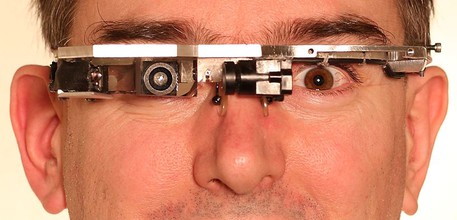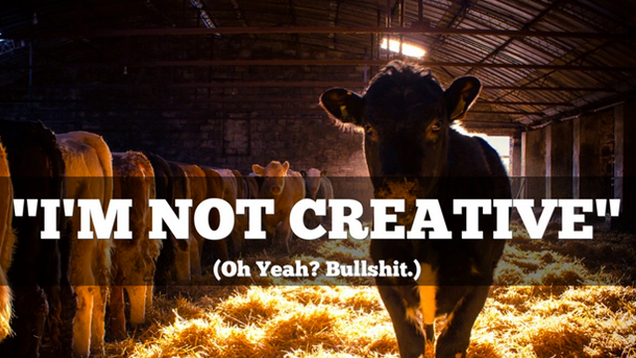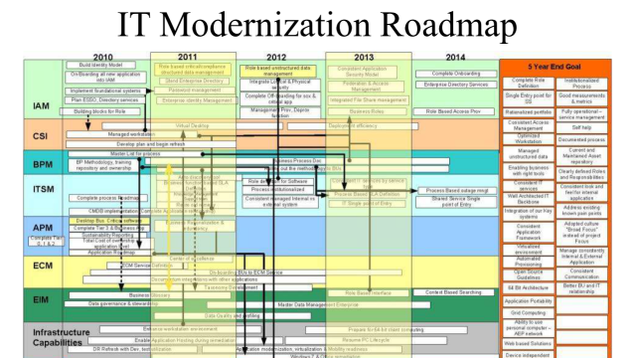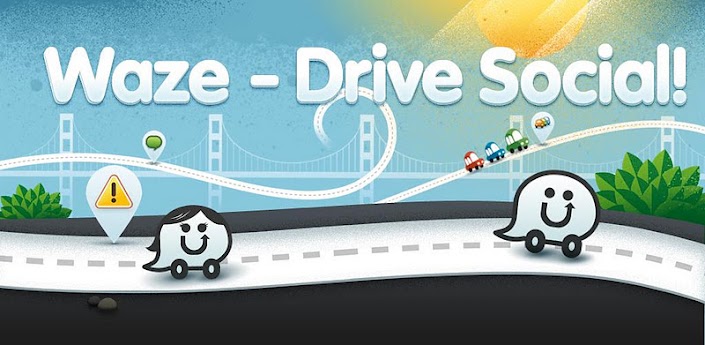- Putnis et al. (1996)
My blogging experiences encapsulates writing theories of:
i) cognitive process
I make rhetorical choices as I compose my word - on the assumption that wirting is my primary individual act; my language originates the inner reaches of my mind in tandem with pedagogical references.
ii) social contructionist
The language I use is not my individual perspective but evolved from the view of my social group. My social knowlegde, which contributed to my writing, derived from my social interactions. My blogging is a social act of writing within a discourse community where I observe culture sensitivity and publication ethics.
I also write to express myself, to articulate my ideas, to share an experience, to communicate, and to create knowledge.
- Walsh (2006)
My blog design evidently examines meaning-making of visual-and-text multimodality, reading paths, and mode affordance.
- Schriver (1997)
To orchestrate and integrate prose-and-graphic combination that meets my audience's reading goals, I construct coherent prose-and-graphic interpretations and generate connections between my words and pictures. I should help readers focus on the visual and verbal content relationship, enable them to build a consistent content story through my designs (creating a reading path).
- KvL's four resource model's
I consider four reader roles of interpreter, designer, navigator, and interrogator. By expanding each dimensions to interpret multimodal texts, I engage perceptual and cognitive perspectives, coupled with sociocultural contexts so that my design intentions are understood.
References
- Bezemer and Kress (2010, p. 184 - 18)
My signs/ meaning materials are made in the available socio-cultural resources; and my representation acts on social factors through diverse cultural and semiotic resources. Designs of my blog also take on semiotic resources available to realize signs and materialize meanings. Through the blogging experience, I realize a conceptual shift from composition to design marks the social shift from the use of a mode to the making of signs-as-texts; assigning of salience in the social context, depending on the elements' significance, makes foregrounding my principle for meaning and for representation.
- Serafini & Frank (2012)
References
Bezemer, J. and Kress, G. 2008, 'Writing in multimodal texts: a social semiotic account of designs for learning', Written Communication, vol. 25, no. 2, pp. 165 - 195.
Putnis et al. 1996, 'Writing to communicate', Professional Communication: Principles and Applications, Ch. 7, pp. 223 - 263, Prentice Hall , Sydney.
Schriver, K. A. 1997, 'The interplay of words and pictures'', Dynamics in document design: creating texts for readers, Ch. 6, pp. 361 - 441, Wiley Computer Pub., NY.
Serafini, F. 2012, 'Expanding the four resources model: reading visual and multi-modal texts', Pedagogies: An International Journal, vol. 7, no.2, pp. 150-164.
Walsh, M. 2006, 'The 'textual shift': examining the reading process with print, visual and multimodal texts', Australian Journal of Language and Literacy, vol. 29, no. 1, pp. 24-37.























